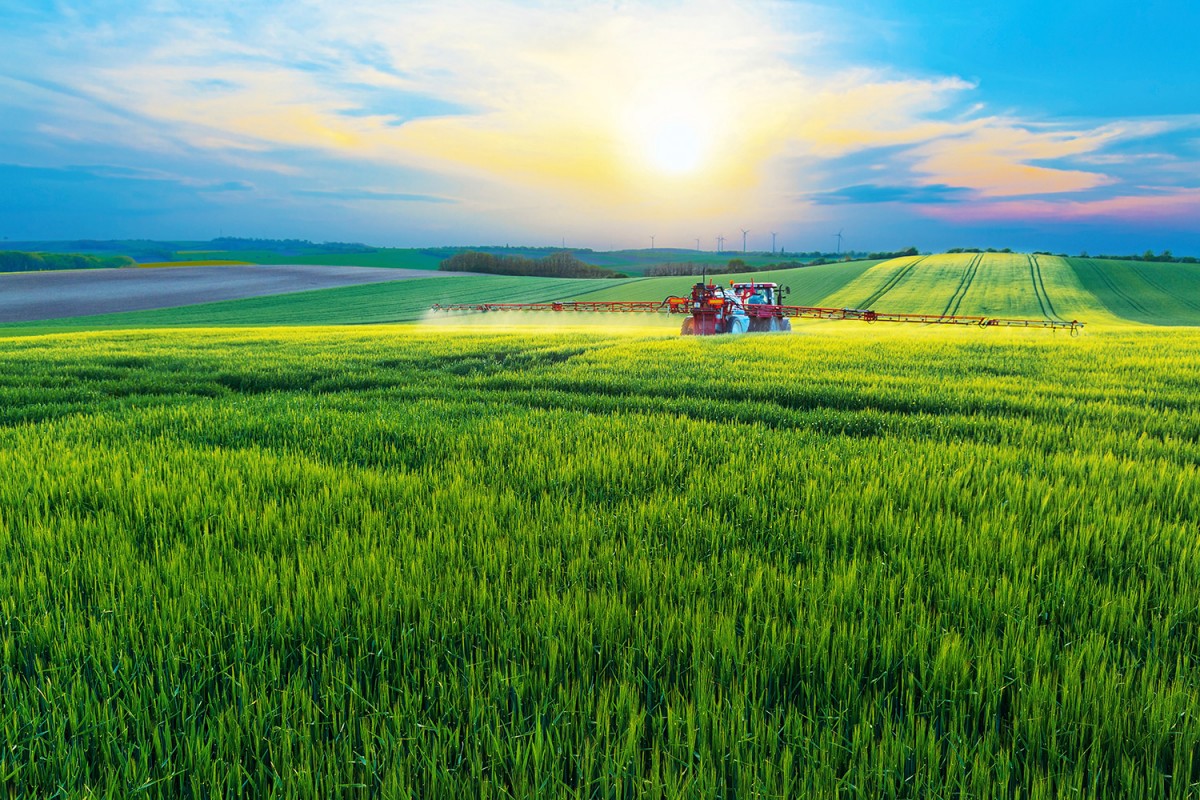 For centuries past, farmers looked to the behavior of plants and animals to figure out what crops to grow and when. When reeds dried up in the summer, it meant dry weather lay ahead.
For centuries past, farmers looked to the behavior of plants and animals to figure out what crops to grow and when. When reeds dried up in the summer, it meant dry weather lay ahead.
Even today, in places like the high mountains of Bolivia, farmers use traditional bioindicators such as the heights of nests built by birds above the river banks!
This helps them predict the amount of water they can expect to receive during the planting season. Accordingly, they can choose between corn which requires a lot of water, or potatoes that grow best when water does not log and rot the tubers.
The Farmer's Almanac is very popular with traditional farmers in the United States. The Almanac is a reference book that contains weather forecasts, tide tables, planting charts, astronomical data, recipes, and articles on a number of topics, including gardening and farming.
But with increasingly erratic weather patterns, the age-old methods of forecasting are becoming less reliable and endangering harvests.
Predicting Tools
A farmer needs to consider many things before buying seeds to plant. It all starts with soil types and the climatic region they live in. While most regions can grow a variety of crops, the weather during the growing season and water supply are critical information to consider. Sophisticated meteorological data today gives farmers access to this information.
The most important consideration for the farmer though is the profit they can hope to make when they sell their crops at harvest. Many factors affect the prices of crops including competition from other farmers who are growing the same crop. This is not easy to know before the crops are even planted!
But financial markets have come to the farmer's rescue. These days, financial contracts allow farmers to sell their harvest in the future at a fixed price even before planting the field!
The Risks Of Monoculture
Sophisticated tools have forced farmers towards monoculture - a practice of growing only one crop on a farm. It is easier to plan for just one crop with mechanization and sophisticated planning tools. But this practice is endangering the biodiversity of plant and animal species.
Lesser-known varieties of traditional crops - such as corn, rice, and wheat, that are best grown on smaller farms and capable of withstanding climate and pests, are being lost forever.
It is to safeguard traditional farming practices that the United Nations (UN) has identified 2014 as the International Year of Family Farming. In a world where the population is exploding, world leaders are concerned about food security.
Through various programs such as farmer education and providing credit to farmers to buy their seeds, the UN hopes to raise the importance of family farming and smallholder farming. This awareness should hopefully help preserve traditional food products while contributing to a balanced diet and safeguarding the world’s biodiversity.
Courtesy: FAO, UN






